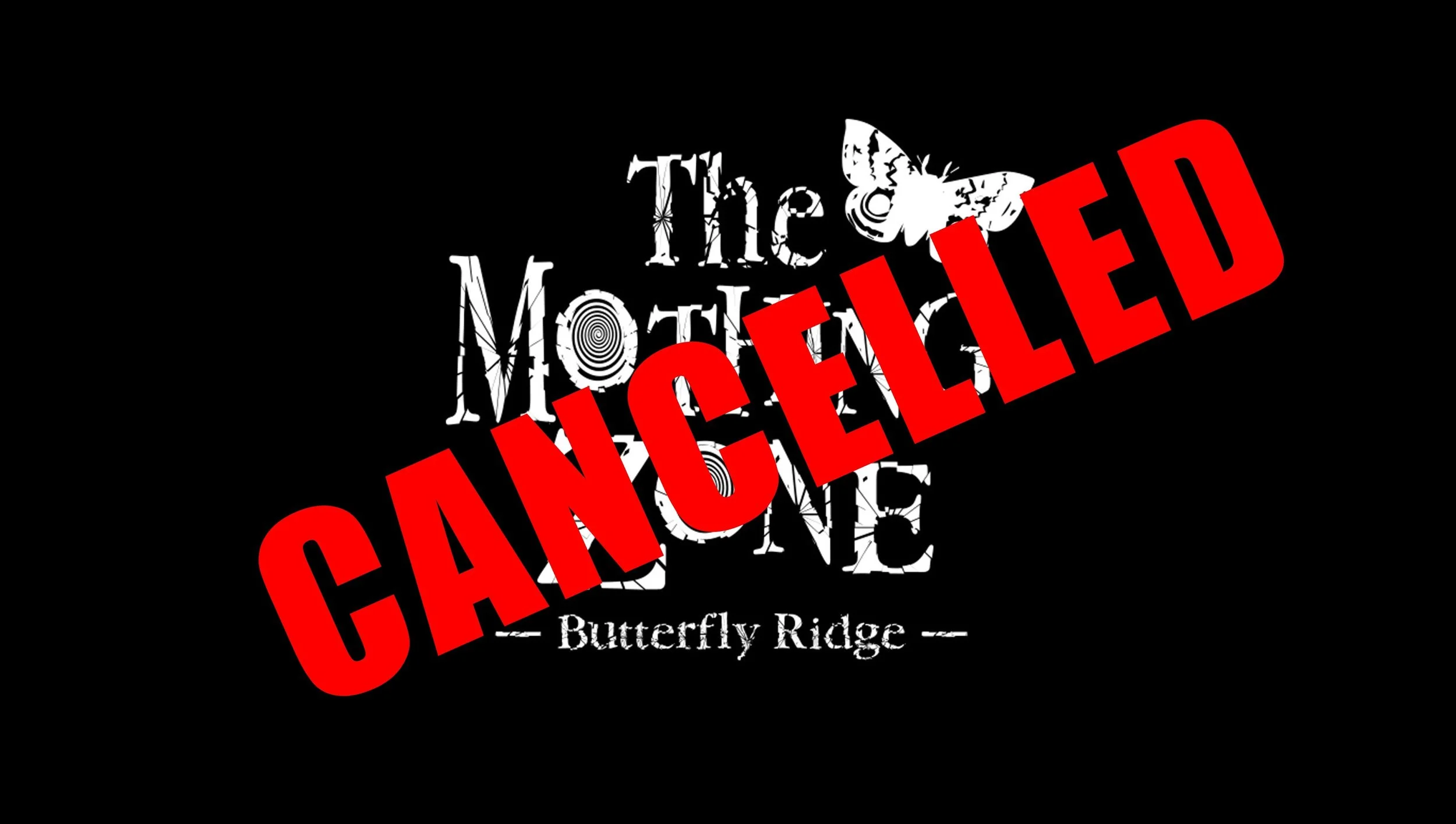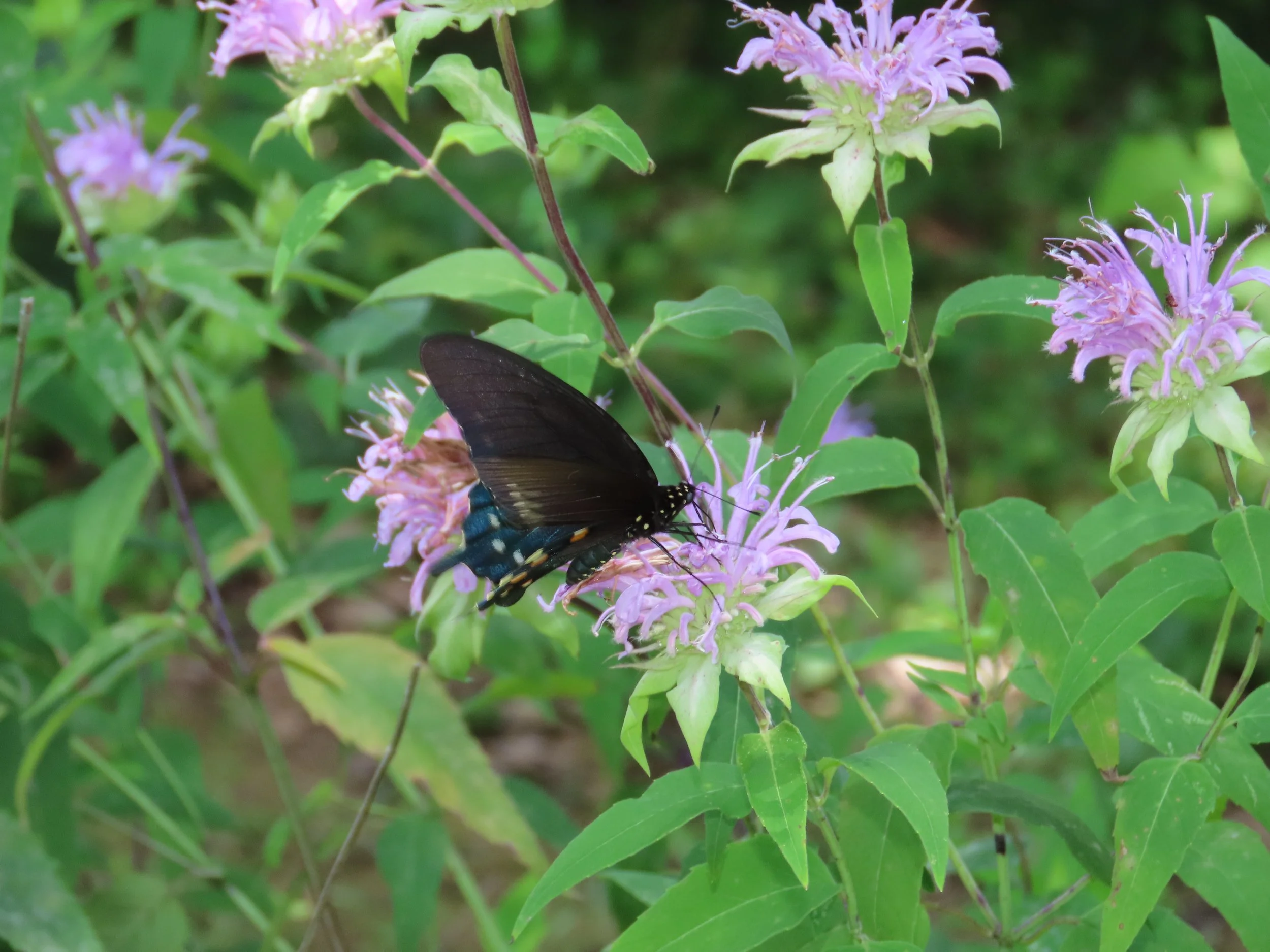Monarch Butterfly Listed as Endangered . . . Or Is It?
/Monarch nectaring on Rattlesnake Master.
Social media is all aflutter, as the monarch butterfly has been declared ENDANGERED!! In fact, according to the press release, the mere listing of the monarch has somehow pushed it closer to extinction, “The monarch butterfly fluttered a step closer to extinction Thursday as scientists put the iconic orange-and-black insect on the endangered list because of its fast-dwindling numbers.” If listing it pushes it closer to extinction, then why list it?
But semantics aside, the organization that decided monarchs are endangered is the International Union for the Conservation of Nature located in Gland, Switzerland. World-wide, the organization lists 147,517 species on their Red List. This listing was not based on any new data and in fact was a misrepresentation of old data. In the press release, ICUN says, “The western population is at greatest risk of extinction, having declined by an estimated 99.9%, from as many as 10 million to 1,914 butterflies between the 1980s and 2021.” In fact, the 2021 western population came in at just under 250,000 individuals. The 2021 data was presented in January 2022, more than enough time for ICUN to include in yesterday’s (July 21, 2022) press release.
Keep in mind the ICUN is not the US Fish and Wildlife Service, and the ICUN declaration has no enforcement teeth here in the United States. Fish and Wildlife in the past year refused to list the monarch, in part because there are already so many conservation efforts focused on the monarch here in the United States. F&W did say that they would revisit listing the monarch in the future, but for now, the monarch is no more protected in the United States than any other butterfly.
Should the monarch be listed? The position of Butterfly Ridge since our opening in 2017 is that no, the monarch should not be listed. If one looks at the original 2014 petition to list the monarch (Monarch ESA Petition (biologicaldiversity.org), it was a document designed to put commercial butterfly growers out of business as much as anything else. The rules portion of the petition (the last page of the document) included several provisions aimed directly at butterfly growers. One of these provisions (the last sentence of the petition) prohibited anybody from raising more than ten monarchs per year. And then, oddly, a few months later the rules were amended to set the rearing number at one hundred.
Monarch caterpillar.
Hmmmm, I wonder what happened to cause the science to change so dramatically? My hunch is that it was the massive backlash from hobbyists who raise monarchs. So how many of the other rules were not necessarily based on science, but rather the whim of a particular shareholder?
Wild stands of milkweed are mowed down by state Departments of Transportation (DOTs) across the country on a daily basis. How in the world would an endangered species declaration even be enforced in light of this? How would Round-Up Ready crops, which pretty much includes all agri-business crops, be affected by a declaration on the monarch’s behalf. We all know that whatever corporation manufactures Round-Up this week is not going to roll over and play nice; glycophosphate, and other herbicides like it, are not going to go quietly into the night.
Have monarch butterfly numbers plummeted in recent decades? Absolutely. Will listing the monarch as an endangered species magically increase the numbers? I would argue, No. I believe what would increase monarch numbers is education of landowners and incentives to convert agricultural and residential land into habitat. And keep in mind, milkweed does not equal habitat. Milkweed is what monarch caterpillars need. It is not necessarily what adult monarchs need. Adults need a consistent and reliable supply of nectar plants. Since most milkweeds only bloom for a few weeks, milkweed obviously needs to be supplemented with other nectar sources that will occupy a variety of habitats.
At Butterfly Ridge, we create habitat for all butterflies, not just monarchs. Our methods work. Since 2015 we have quintupled our overall butterfly population at our 21-acre site. You would think with such success, interested hobbyists, media outlets, and researchers would be beating our door down to learn how we did it, so that our methods can be employed elsewhere. And if you think that you would be wrong. We remain a well-kept secret, despite our efforts to the contrary. It seems that everybody, much like ICUN, likes a good sky is falling story, and that there is very little interest in those who have proven their ability to hold up the sky. We at Butterfly Ridge would love to share with you how we hold up the sky.













